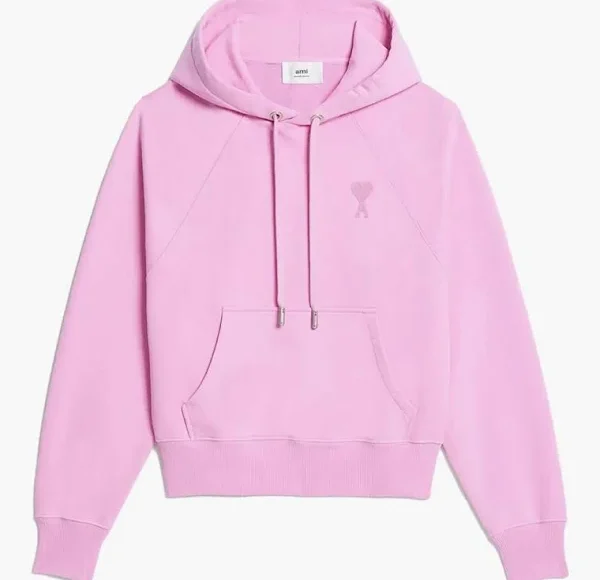Trapstar is more than just a fashion brand — it’s a symbol of resilience, creativity, and cultural impact. What started as a homegrown streetwear project from West London has transformed into a globally recognized label worn by some of the world’s biggest names. With its bold designs, cryptic slogans, and deep ties to music and youth culture, Trapstar continues to redefine what it means to represent the streets in style.
The Origins: From the Trap to the Stars
Trapstar was founded in 2005 by three friends — Mikey, Lee, and Will — who shared a love for fashion, music, and street culture. They began by customizing T-shirts in their bedrooms and selling them out of the trunks of their cars and at underground parties. The name Trapstar reflects the struggle and ambition of those who come from tough environments yet dream of reaching greater heights. A Trapstar is someone trapped by circumstance but destined for success — a star in the making.
This raw and honest message connected with young people across London, and the brand quickly gained a loyal following. With no major investors, no traditional advertising, and no access to fashion runways, Trapstar was built through word-of-mouth, music videos, and street credibility.
A Brand That Speaks in Code
One of the key elements of Trapstar’s success is its mysterious and rebellious aesthetic. The brand’s slogan — “It’s A Secret” — captures its underground roots and speaks to the idea that not everything needs to be explained. That air of mystery adds to its appeal.
Trapstar’s designs are known for their gothic fonts, bold graphics, and militaristic influences. Pieces often feature barbed wire motifs, decoded logos, camouflage prints, and powerful phrases like “Designed by Trapstar – Recognized by the Universe.” These aren’t just clothes — they’re declarations.
The most iconic item from the brand is the Trapstar Decoded Hoodie — a streetwear staple that has appeared in countless music videos and social media posts. Alongside it, the Hyperdrive Jackets, Chenille Tracksuits, and puffer coats have become essentials in UK fashion and beyond.
Music and Cultural Impact
Trapstar’s rise can’t be separated from the UK music scene. The brand became a visual identity for the rise of grime, UK rap, and drill music. Artists like Giggs, Wretch 32, Kano, and Skepta were early supporters, wearing Trapstar both onstage and off. These weren’t paid endorsements — they were genuine connections built through shared experience and respect.
As the UK sound began to reach global ears, so did Trapstar. International stars like Rihanna, Drake, A$AP Rocky, and The Weeknd started appearing in Trapstar pieces, giving the brand worldwide visibility. In 2016, Jay-Z’s Roc Nation officially partnered with Trapstar, recognizing its influence and potential. This move not only boosted Trapstar’s global presence but also confirmed what many already knew — that the brand was built to last.
Drop Culture and Hype
Trapstar thrives on exclusivity. Unlike mainstream fashion houses, Trapstar releases limited quantities of each design, often with minimal notice. This keeps fans engaged and drives up demand. Whether it’s a secret pop-up event or an Instagram drop, the brand understands how to generate hype without losing its authenticity.
Once a product sells out — which often happens within hours — it becomes a collector’s item. The Trapstar Puffer Jacket, for example, is known to resell at more than double its retail price, thanks to its popularity and rarity.
Beyond Fashion: A Lifestyle
Trapstar has always represented more than clothing. It’s a lifestyle brand grounded in confidence, ambition, and self-expression. It speaks to people who have had to hustle, fight, and dream against the odds. For its fans, wearing Trapstar isn’t about showing off wealth — it’s about showing where you came from and how far you’ve come.
This message resonates across social media, where Trapstar’s community shares not only their outfits but also their stories. The brand has managed to stay culturally relevant by staying in touch with the streets and never losing sight of its origins.
Trapstar Today and the Road Ahead
Trapstar is now stocked in major retailers such as Selfridges, Harvey Nichols, and Footasylum, but it remains true to its underground soul. Every release, collaboration, and campaign continues to reflect the brand’s core principles: authenticity, boldness, and street power.
In recent years, the brand has expanded into international markets, making its mark in Europe, the U.S., and even parts of Asia. Collaborations with artists, designers, and musicians ensure that Trapstar stays fresh and unpredictable. But even as it evolves, it remains grounded in its mission — to give a voice to the streets through fashion.
Final Thoughts
Trapstar is proof that streetwear can be more than just fashion — it can be movement, culture, and identity. It shows that you don’t need a runway to make an impact, and you don’t need a luxury label to turn heads. You just need a vision, a message, and the courage to break the mold.
From West London basements to global stages, Trapstar has stayed solid, consistent, and unapologetically real. It has become a voice for the voiceless, a badge for the ambitious, and a canvas for those who live by their own rules.
Trapstar: It’s not just a brand — it’s a secret worth wearing.















Leave a comment